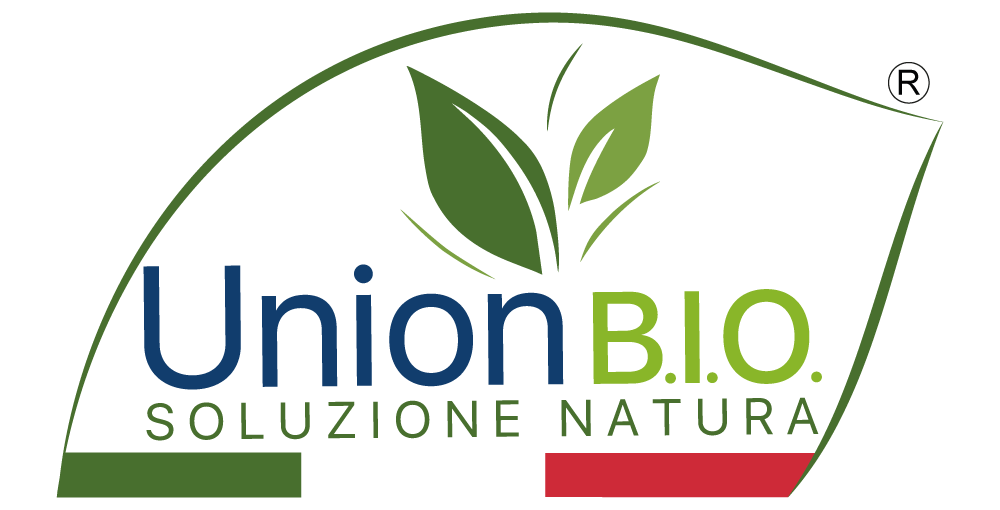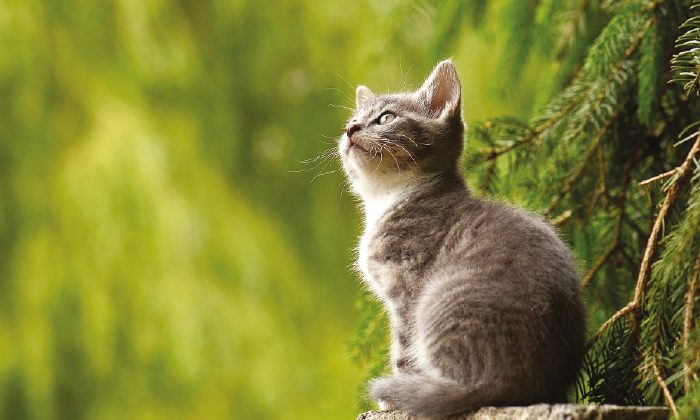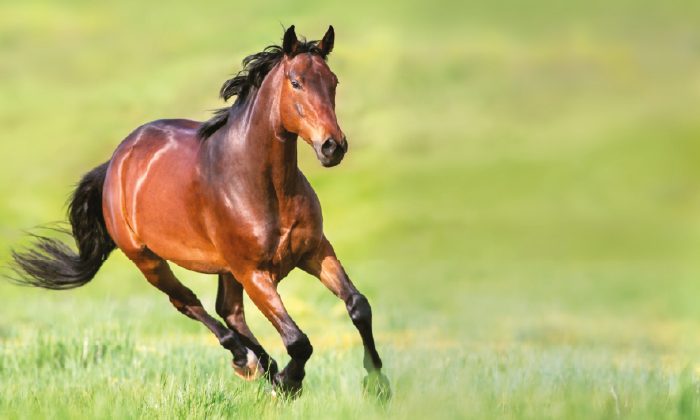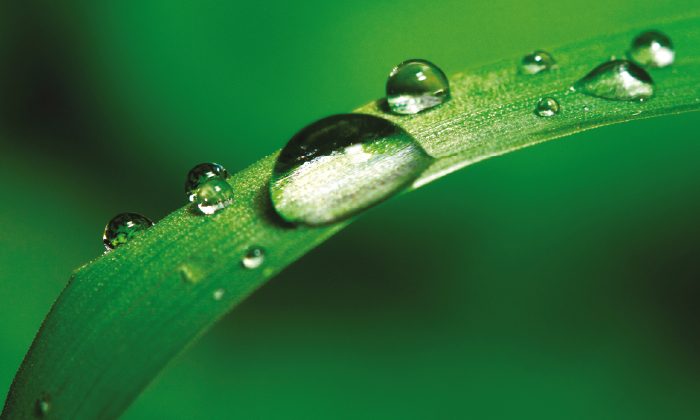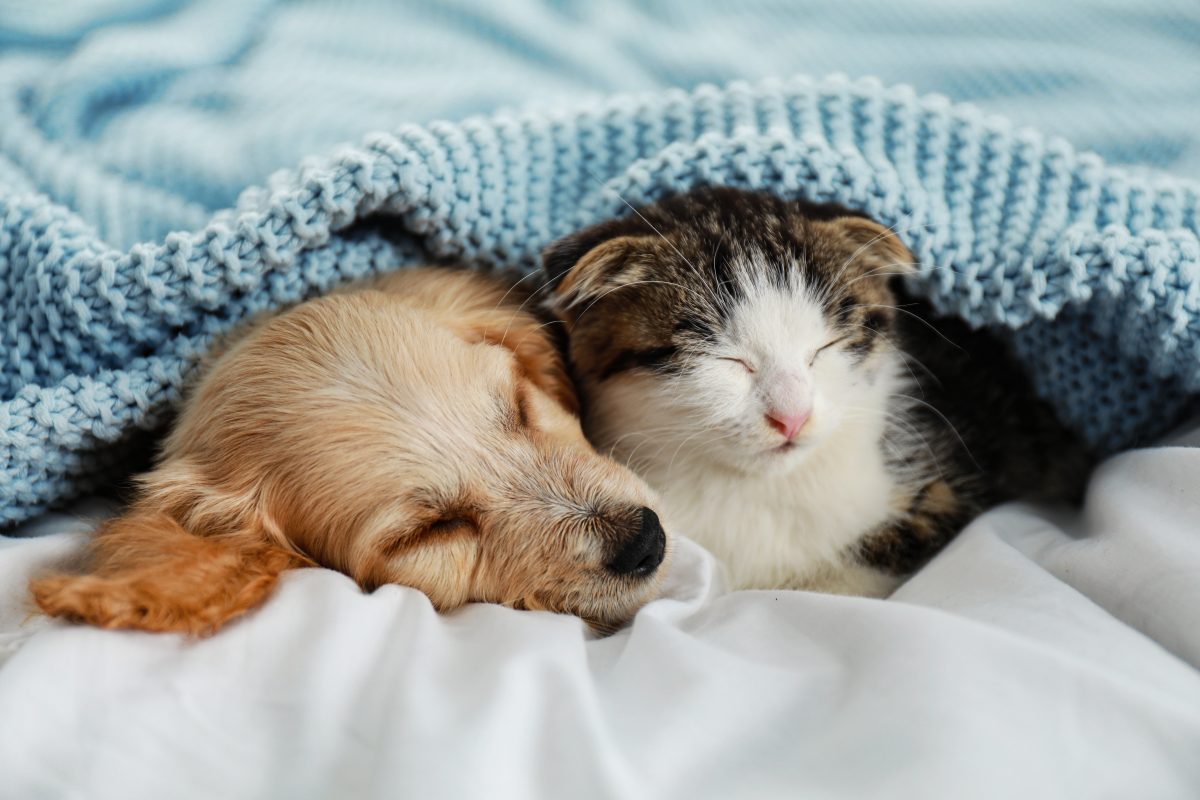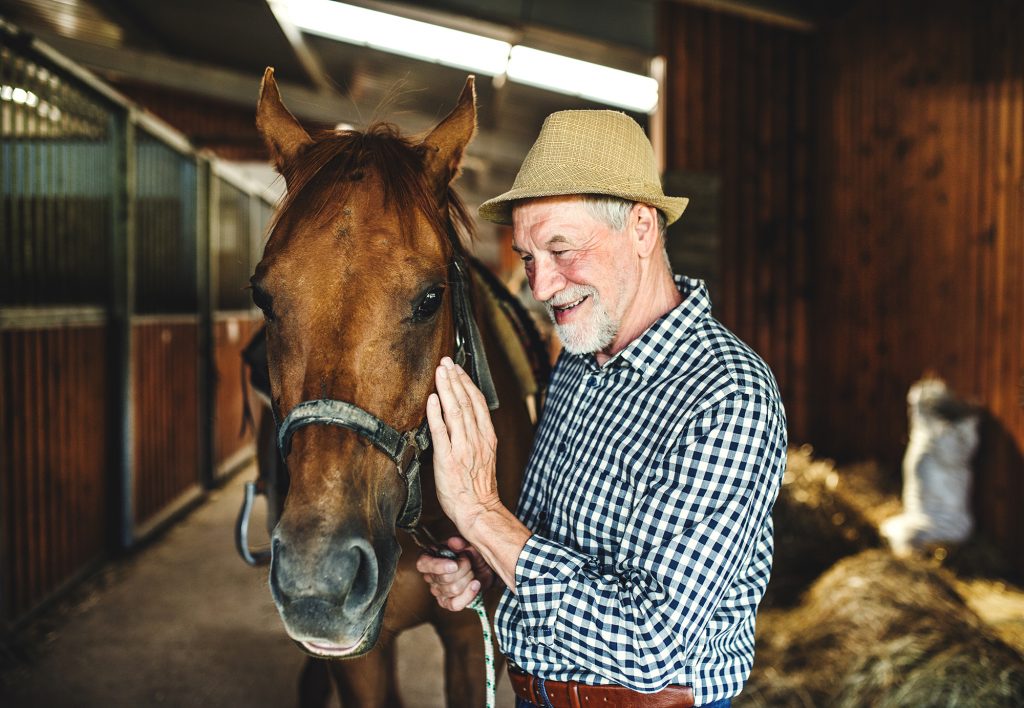More and more often we hear about Osteopathy applied to the animal world, this article briefly presents this discipline, which is part of the practices holistic complementary to conventional medicine, in order to shed light on the differences compared to the other practices and allowing, for those who are not already familiar with it, to consider it as an additional resource for the maintenance and restoration of animal health and well-being.
Osteopathy it does not diagnose or cure diseases, respecting in this the essential role of the Veterinarian and collaborating with him to promote the health of the animal.
The osteopath's task is to promote the psychophysical balance of the animal, safeguarding the functionality of the individual as a whole.
Those who live and work with animals know well how much physical pain, a problem that is perhaps not serious and transitory but annoying can alter the behavior, serenity, joy and also the "yield" in terms of sports, behavior and well-being of their own animals.

How does the osteopath work?
Evaluating the subject confronted under various aspects: musculoskeletal, biomechanical, vascular, neurovegetative, visceral and psychological, the osteopath applies the corrective techniques that he considers most effective to correct the deficient functions and relaunch the proper functioning of the organism. Drawing from his "instrumentation" of fascial, cranio-sacral, visceral, structural impulse techniques, the osteopath thus obtains a real "tailor-made" treatment, tailored to the needs of that animal at that precise moment.
Osteopathy therefore operates on the basis of anatomofunctional knowledge and through manual techniques, without the use of drugs or machinery.
But when is it appropriate to contact the osteopath?
Very often it is the veterinarian himself who advises the osteopath as a support for the therapies performed, for example after surgical operations, for functional recoveries, to maintain and promote the correct functionality of organs and systems, to resolve scar adhesions, safeguard proper joint functioning and prevent damage from vertebral imbalances. Other times, however, the use of the osteopath allows to avoid the progression of situations of simple discomfort towards the disease, for example in sport horses and working dogs, in which high performance could compromise the health and well-being of the animal. Fortunately, there is an increase in the number of people who use regular osteopathic support for the harmonious development of young animals and to limit the typical effects of age in elderly animals, extending their active life and improving it in terms of quality.
Serena Carmilla
DOA-EOA Osteopathy and Massage Therapy
Photo: Spike Stitch, Sean Dustman
